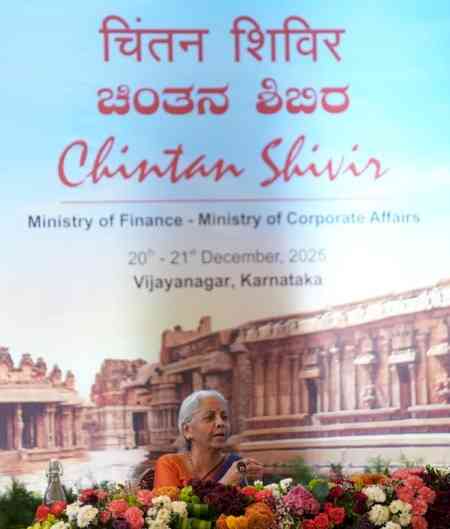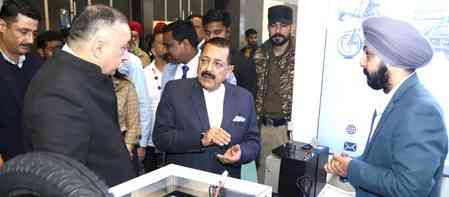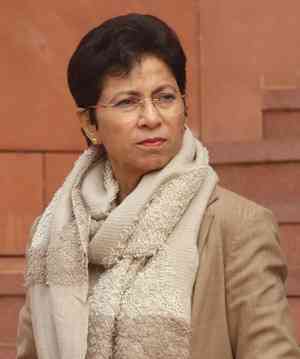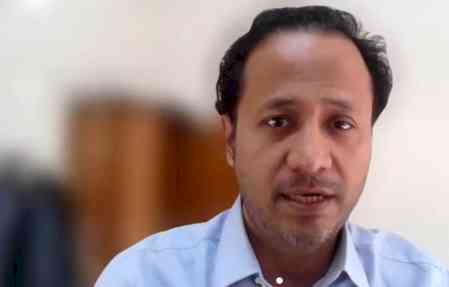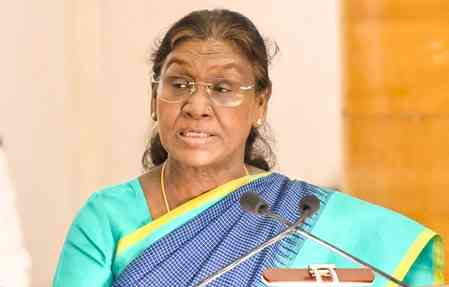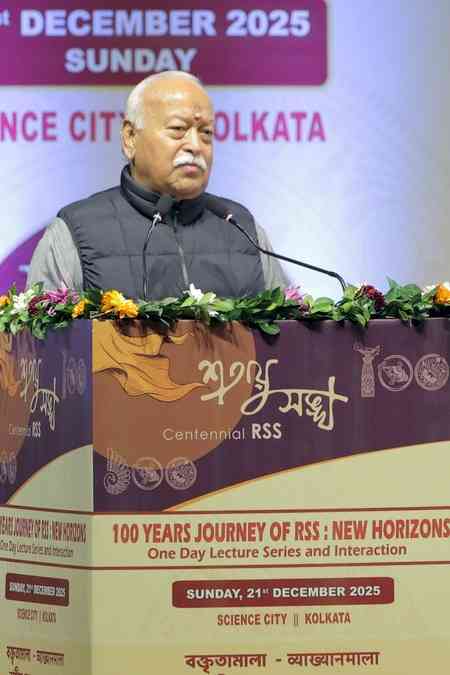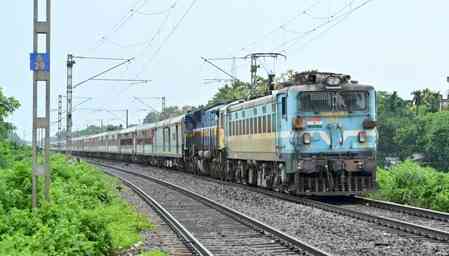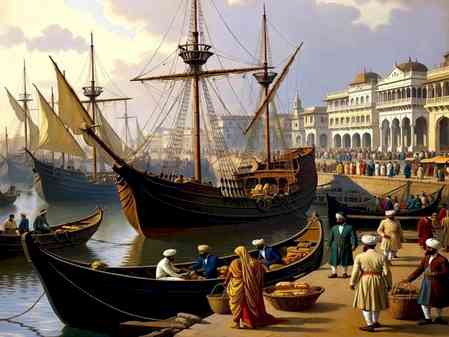Talking points of President, FIEO, Dr A Sakthivel from Pre-Budget Meeting with Union FM
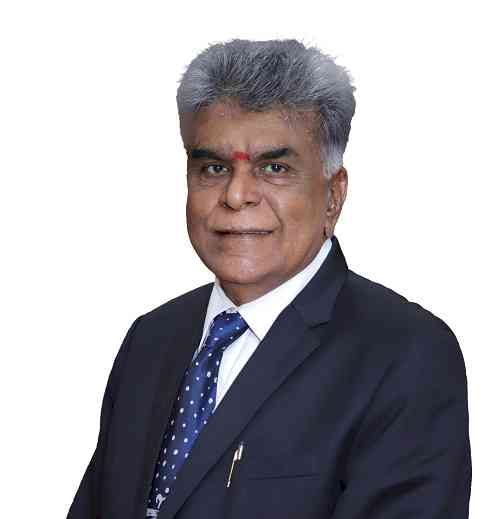
Talking points of President, FIEO, Dr A Sakthivel from Pre-Budget Meeting with Union Finance Minister on 24th November, 2022.
India Rupee is one of the best performing currencies in the World. While it depreciated against the US dollar, the decline was not as steep as most of the global currencies. This is a matter of pride for every Indian and a reflection of the vibrancy of our economy under your able leadership. However, this is affecting exports competitiveness. The exports sector thus requires a little more support and our request may be looked into from this perspective.
• When global demand is declining, it becomes all the more necessary to go for aggressive marketing. However, most of the Indian companies are cutting their marketing expenditure in view of contraction. This may impact the country as if we are not visible in the market, we will not get whatever little demand there is and may not exploit it when the global situation improves. SMEs exporters are being provided marketing support by most developing and developed countries for providing marketing exposure. In India, though such support is provided, the support given under Market Development Assistance (MDA) Scheme of Department of Commerce with total allocation of less than Rs 200 crore, for promoting exports to US $ 460-470 Billion is just a drop in the ocean. Therefore, for aggressive marketing, there is a need of creation of an Export Development Fund with a corpus of minimum 0.5% of preceding year’s exports.
• Moreover, the Government may provide a 200% tax deduction on the expenditure made by the exporters for overseas marketing. Such a move will encourage and help the showcasing of Indian products overseas.
• We thank the Government for facilitating container manufacturing in the country to become Atma Nirbhar. We request a similar focus for developing an Indian Shipping line of global repute. India’s outward remittance on account of transport services is increasing year after year. We remitted USD 82.65 billion as transport service charge in 2021. When we are looking at increasing our international trade to USD 2 trillion in an economy of USD 5 trillion, the outgo on transport services will increase to USD 150-200 billion. If an Indian Shipping line gets only 25% of such a market, we can save USD 40-50 billion every year. While we are disinvesting Shipping Corporation of India, we should encourage the private sector, through tax and fiscal incentives. to come forward to set up a global Indian Shipping Line to exploit the ready market available to them.
• The credit rate for most of the MSMEs has already crossed the double-digit mark and is currently between 11-13%. We expect the same to go further in the next few months or so. Therefore, there is an urgent need to restore the interest equalization benefit of 5% to manufacturer MSMEs and 3% to all 410 tariff lines as existed prior to October 2021, as cost of credit has crossed the pre covid level and is adversely impacting exporters.
• GST Refund to Foreign Tourists at the airport, as envisaged under IGST Act, has not yet been operationalised. Such an initiative will not only give fillip to tourism but will also help in exports of handicrafts, non-precious jewellery, carpets, textiles, khadi, leather. Ayush and herbal products, beauty products etc.
• Creation of employment is the biggest challenge faced by the country. If we have to reap demographic dividends, we have to provide jobs to millions who are seeking jobs on a month-on-month basis. We would urge the Government to provide fiscal support to units who provide additional employment in the export sector. Such a Scheme will also help the workers to move from informal employment to formal employment, which is a priority of the Government. Incentives may be provided based on twin criteria of growth in exports and growth in workers so that while on the one hand exports are increased, on the other, the employment intensive units also get a boost.


 City Air News
City Air News 
